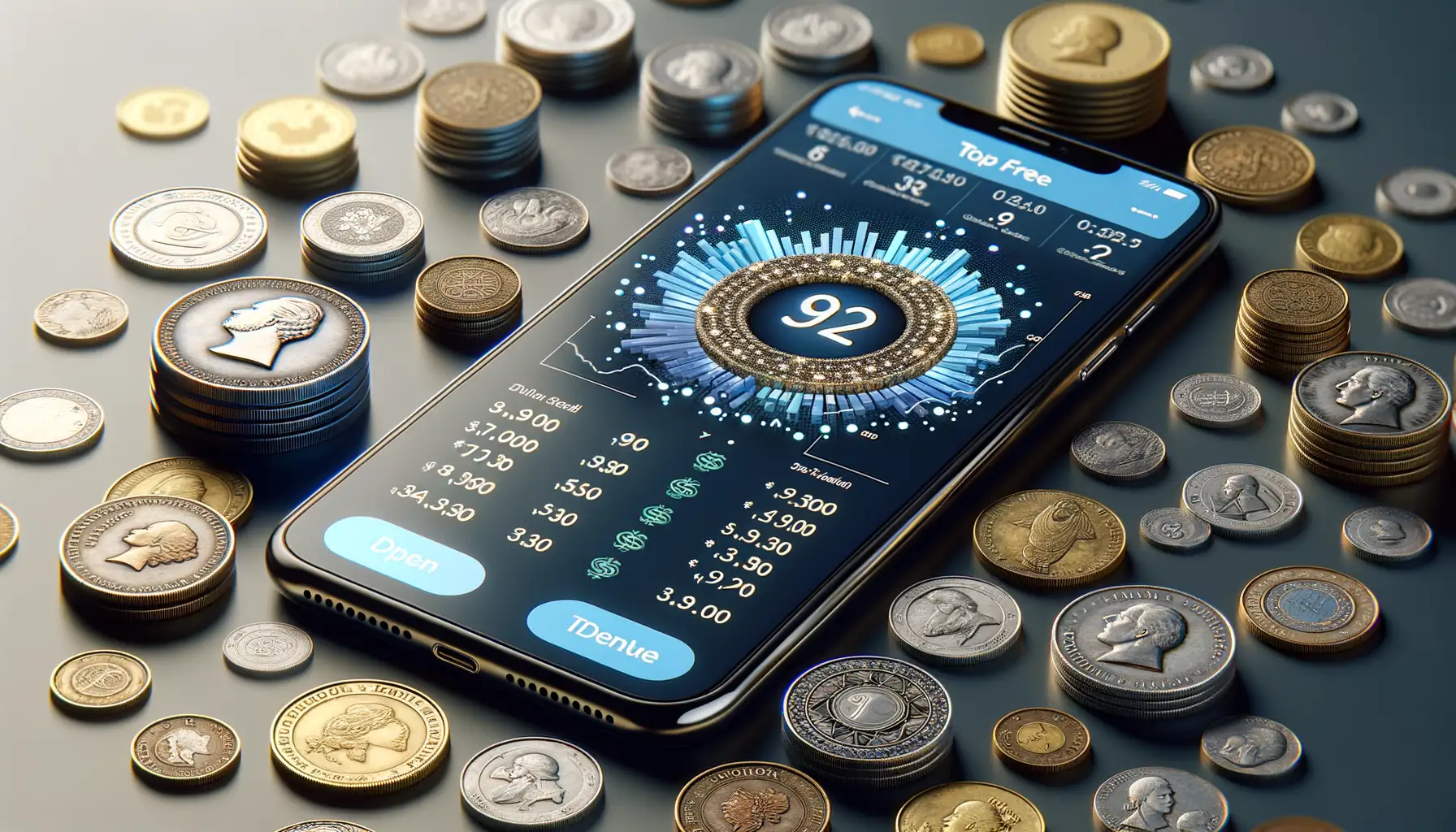In today’s connected world, our smartphones have become indispensable tools for communication, work, entertainment, and more. However, as these devices store increasing amounts of sensitive information and connect to various online services, the importance of smartphone security has never been greater.
This comprehensive guide explores the fundamental aspects of smartphone security, offering practical tips and best practices to help you protect your device and data from threats like malware, hacking, and unauthorized access. By understanding and implementing these basic principles, you can significantly enhance the safety of your mobile ecosystem and enjoy peace of mind in an ever-evolving digital landscape.
1. Understand Smartphone Security Risks
Before delving into specific security measures, it’s essential to grasp the various threats that smartphones face:
- Malware: Malicious software designed to infiltrate or damage smartphone systems, steal data, or disrupt operations.
- Phishing: Scams that trick users into divulging sensitive information like passwords or credit card details via deceptive emails, texts, or websites.
- Hacking: Unauthorized access to a device or account by exploiting vulnerabilities in the system or using stolen credentials.
- Physical theft: Theft of the actual device, which can lead to unauthorized access to data and accounts.
- Network attacks: Exploitation of vulnerabilities in Wi-Fi networks or cellular connections to intercept data or compromise devices.
2. Choose a Secure Smartphone Platform
The smartphone platform you choose plays a significant role in its overall security:
- iOS: Generally considered the most secure due to Apple’s strict app review process, strong encryption, and regular software updates.
- Android: Open-source and highly customizable, but more vulnerable to malware due to less stringent app vetting and fragmentation among device manufacturers and carriers.
If you opt for an Android device, consider choosing one from a reputable manufacturer that provides timely security patches and software updates.
3. Keep Your Smartphone Operating System Up-to-Date
Software updates often include critical security patches that address newly discovered vulnerabilities. Enable automatic updates to ensure your device is always protected against the latest threats:
- Go to your smartphone’s Settings.
- Look for “System” or “About Phone.”
- Select “Software Update” and enable automatic installation of updates.
4. Use Strong Passwords and Biometric Authentication
Weak passwords are a common entry point for attackers. Create strong, unique passwords for your device and important accounts:
- Use a combination of uppercase and lowercase letters, numbers, and symbols.
- Avoid using personal information or easily guessable words.
- Enable biometric authentication (fingerprint, facial recognition) for added security.
5. Enable Device Encryption
Encrypting the data on your smartphone adds an extra layer of protection in case the device is lost or stolen:
- Go to your smartphone’s Settings.
- Look for “Security” or “Lock Screen.”
- Enable encryption by following the prompts (this may take some time).

6. Be Wary of Suspicious Apps and Downloads
Apps can be a significant source of malware. Before downloading, consider these tips:
- Stick to official app stores (Google Play Store, Apple App Store) with robust vetting processes.
- Read reviews and check the developer’s reputation before installing an app.
- Be cautious when granting permissions; only allow what is necessary for the app’s functionality.
- Uninstall apps you no longer use.
7. Use a VPN When Connecting to Public Wi-Fi
Public Wi-Fi networks are prime targets for hackers looking to intercept sensitive data like passwords, credit card numbers, or emails. Using a virtual private network (VPN) creates an encrypted tunnel between your device and the internet, protecting your information from prying eyes:
- Download a reputable VPN app from the official app store.
- Connect to the VPN before using public Wi-Fi.
8. Enable Two-Factor Authentication
Two-factor authentication (2FA) adds an extra layer of security by requiring a second form of identification, usually in the form of a code sent via text or generated by an authenticator app:
- Go to your account settings for important services like email, social media, banking, etc.
- Enable 2FA wherever possible.
9. Regularly Back Up Your Data
In case of device loss, theft, or data corruption, having a recent backup can save you from significant headaches:
- For iPhones: Use iCloud Backup or connect your device to a computer and back up using iTunes.
- For Android devices: Use Google’s built-in backup service or download dedicated backup apps.
10. Be Mindful of Physical Security
Physical theft can lead to unauthorized access to sensitive data on your smartphone. To minimize risk:
- Always lock your device with a strong password, PIN, or biometric authentication.
- Be aware of your surroundings and avoid leaving your phone unattended in public places.
- Consider using a security case with a built-in alarm that triggers if the device is moved.
11. Monitor Your Accounts for Suspicious Activity
Regularly review your account statements and activity logs to detect any unauthorized transactions or access:
- Check your bank, credit card, and other financial accounts frequently.
- Enable notifications for suspicious login attempts on important services like email or social media.
By following these smartphone security basics, you can significantly enhance the safety of your mobile device and data. However, it’s essential to remain vigilant in an ever-changing digital landscape – new threats emerge daily, requiring constant attention to best practices and new developments in cybersecurity.
Stay informed by keeping up with reputable tech news sources, attending workshops or webinars on smartphone security, and engaging with online communities focused on privacy and safety. By staying proactive and diligent, you can help safeguard your digital life and enjoy the benefits of mobile technology without compromising your security or privacy.


